Okinawa has some of the longest living people on earth, and it has the highest rate of people over a hundred in the world. Two thirds of them are still living independently at the age of 97. Okinawans have also been found to have low rates of heart disease, stroke, cancer and diabetes. According to […]
If You’re Trying to Eat Healthier, You Need to Check out These 20 Great Food Charts
Many of us need to focus wayyyy more on a healthy diet. I know I could, there’s no doubt about that. One great thing about social media is how easy it is to find new recipes and diet plans with the tap of your finger.
Take a look at these great ideas for healthy eating and follow the Instagram accounts in the photos below to keep up to date on the latest plans!
1. Good alternatives
2. Deli meat alternatives
3. Snack tips
4. This is good to know
5. Liven up your water
6. Sugar quantities in fruit
7. Swaps!
8. You can still eat pizza
9. Muscle meals
10. Stay within your budget
11. Smoothie ingredients
12. Low cal booze
13. Crucial info
14. Egg advice
15. For all you vegetarians
16. Calcium
17. Smart desserts
18. GUT HEALTH
19. Know your bread
20. Some good overall tips
Now that you’re armed with those tips, get out there and get healthy starting TODAY!
The post If You’re Trying to Eat Healthier, You Need to Check out These 20 Great Food Charts appeared first on UberFacts.
Anyone Trying to Lose Weight Should Read This First
Diet and weight loss is a billion-dollar industry, and there’s a reason for that – most people end up in a cycle of weight-loss and -gain that never ends, sending them back to the hamster wheel over and over again.
Or maybe, like personal trainer and nutrition coach Graeme Tomlinson believes, the trouble is that the diet and nutrition industry lies to people in order to get them to keep buying “health” food, and to keep them spinning the hamster wheel.
What if a little education, a little extra time, and a little adjustment in attitude could change all of that? What if eating “healthy” and losing weight didn’t have to make you sad?
Check out the 12 posts below if you’re intrigued – I know I am!
#1. Why counting calories is important.
#2. You can’t tell me they don’t want us to be fat.
#3. The more you know.
#4. It’s all about calories in, calories out.
#5. Labels are your friend.
#6. This kind of blew my mind.
#7. Can I get an Amen?
#8. Rethink your definitions.
#9. Carbs can’t tell time.
#10. Eat whichever pleases you.
#11. Don’t be fooled.
#12. The hamster wheel: illustrated.
Some of those completely blew my mind!
The post Anyone Trying to Lose Weight Should Read This First appeared first on UberFacts.
So… Drinking Breast Milk is The Latest Trend in Bodybuilding
There’s no easy way to say this, so I’ll just spit it out: Moms are selling their extra breast milk to bodybuilders, who swear it helps their performance.
The idea is that breast milk is all-natural, unlike many powdered supplements and vitamins. It’s designed to help babies grow, so it’s packed full of calories and nutrients — aka exactly what bodybuilders are looking for.
Who knew bodybuilders and infants had so much in common?!
Many bodybuilders swear by the practice, and it does make some sense…in theory.
Photo Credit: Pixabay
“I think the idea behind drinking breast milk for muscle growth is that it’s incredibly calorie and nutrient dense, and it has some additional healthy substances,” sports dietitian Brian St. Pierre told Men’s Health.
“Breast milk is designed to rapidly grow a human baby, so maybe people think a similar effect will happen to fully grown humans?”
If you’re a new mom with dollar signs in your eyes right now, hold your horses. There is no evidence that breast milk provides the same benefits for adults that it does for babies.
Photo Credit: iStock
Also, it’s not the smartest idea from a consumer’s perspective. It’s no simple matter to safely obtain enough high-quality breast milk for a grown man! There’s not really any way to verify where it came from, whether it’s free of disease, and whether it came from a human with a healthy diet. Plus it can be very expensive.
Also, there are like a million other cheaper, safer, calorie-rich drink alternatives.
“This stuff probably just isn’t special, and it’s not worth the hassle, risk, or money,” Brian said.
The post So… Drinking Breast Milk is The Latest Trend in Bodybuilding appeared first on UberFacts.
Study Confirms That Bad Diets Are Now Killing More People Than Smoking
Did you know that poor diet is responsible for killing roughly 11 million people worldwide? That number sounds staggering, but it’s true. We as a society are eating wayyy too much salt, meat, and sugar, and it’s collectively killing us.
Well, now we have even more proof. In a new study, researchers looked at the diets of people in 195 countries and estimated the impact of poor diet on the risk of death from such ailments as diabetes, heart disease, and specific kinds of cancers. The study also looked at the number of deaths from smoking and drug use.

Photo Credit: pxhere
The lead author of the study, Ashkan Afshin of the University of Washington, said, “This study shows that poor diet is the leading risk factor for deaths in the majority of the countries of the world.” Afshin added that poor diets are “a larger determinant of ill health than either tobacco or high blood pressure.”

Photo Credit: Max Pixel
The research showed that the countries with the best diets and with the lowest rates of diet-related diseases are Spain, Israel, France, and Japan. In the study, the United States ranked 43rd.
Afshin said that countries where people eat a diet that resembles the Mediterranean diet see the lowest rates of diet-related deaths. This diet sees a high intake of fruits, vegetables, nuts and healthy oils.
There is a huge disparity around the world in food consumption, as 800 million people don’t have enough to eat, while on the other hand, 1.9 billion people are overweight.

Photo Credit: pxhere
It’s a complicated issue that gets even more difficult when you consider that if everyone on Earth decided to eat a healthy, balanced diet all the time, there wouldn’t be enough fruits and vegetables to go around, and they would eventually run out.
The authors of the study admit that coordinated, global efforts are needed to address these pressing problems.
The post Study Confirms That Bad Diets Are Now Killing More People Than Smoking appeared first on UberFacts.
Sandwich-Loving Vegan is Shocked to Discover That Mayonnaise ISN’T Vegan
Vegans are notorious for how passionate they are about their lifestyle, a passion which sometimes borders on being annoyingly overzealous. Even the ones who aren’t the “militant” stereotype portrayed by the media are still very knowledgeable about what they put into their bodies.
That’s why it’s so strange (and slightly hilarious) that one particular vegan didn’t even know that mayonnaise has egg whites in it!
An anonymous guy who works at Subway told this story.
“Yesterday I had a chick come in, she told me she wanted a Veggie Delight,” he began. “As I went to get the bread she asked me if I could change my gloves cause she was vegan and I had been handling meat. I did that, no problem, perfectly reasonable request. I get her breast, toast it and put all the veggies she wants on it, I start to wrap up her sandwich when she says, ‘Can I get some mayo?’”
This is where things went hilariously sideways.
Photo Credit: iStock
The employee said to the vegan: “You know mayonnaise has eggs in it right?”
“THIS. GIRL. JUST. STOOD. THERE. SILENT,” he wrote. Then she said: “N-no it doesn’t, I get mayo every time, are you sure?”
After confirming that, yes, he was sure, the girl “stood there with such a distraught and defeated face. I had shattered this poor girl’s world.”
AND IT GETS BETTER. The employee asked again whether she wanted mayo on her sandwich, AND SHE SAID YES.
Photo Credit: iStock
“So I gave her her mayo, wrapped her sandwich up and charged her for her sandwich, she was silent the whole time,” he said. On her way out, he called “Have a nice day!”
“She just looked at me, sighed, ‘yea, I’ll try’ and walked out. And that’s the story of how I taught a vegan that mayonnaise is, in fact, not vegan.”
Better late than never. FYI, mayonnaise is just eggs with oil, lemon, vinegar, and seasoning.
The post Sandwich-Loving Vegan is Shocked to Discover That Mayonnaise ISN’T Vegan appeared first on UberFacts.
The skin of arctic tribes…
The skin of arctic tribes people are dark because they get all their vitamin D from fish instead of sunlight. Their skin does not need to lighten to try and get more sun for vitamin D production.
These 19 Photos Are Proof That Americans Do the Weirdest Things with Food
Having lived in America for well over a decade now, I admit there are a lot of things on this list that don’t seem as weird to me anymore. That said, when I first got here, there were definitely plenty of foods that had me confused AF. At the very least, I will say that Americans are… unrestrictedly creative with the things they do to food.
1. This is actually a great idea that doesn’t belong here. I just wanted you to see it.

Photo Credit: Imgur
2. That is deep fried butter, and I am amused.
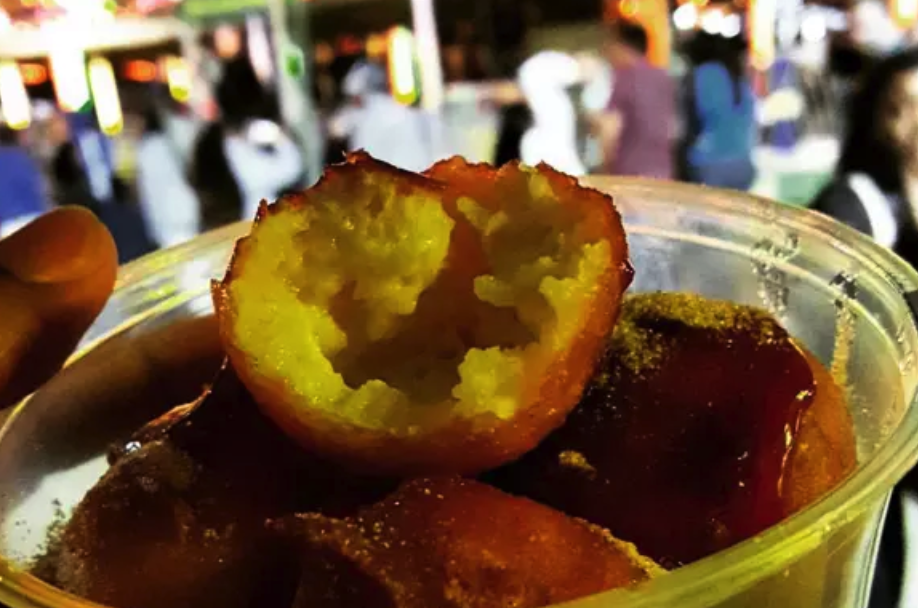
Photo Credit: Instagram
3. That is deep fried sugar, and I am horrified.
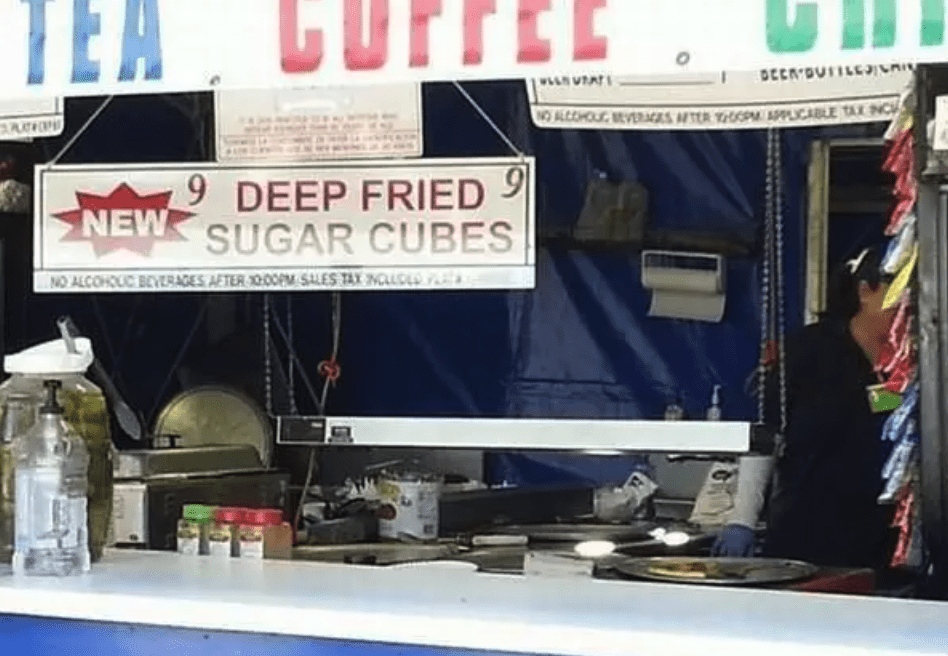
Photo Credit: Twitter
4. This is bad enough without the chocolate chips.
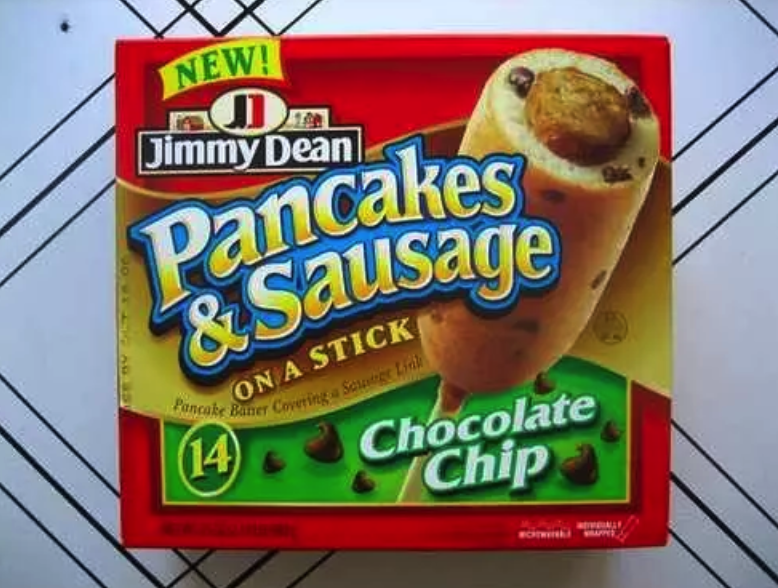
Photo Credit: Twitter
5. WAT WHY
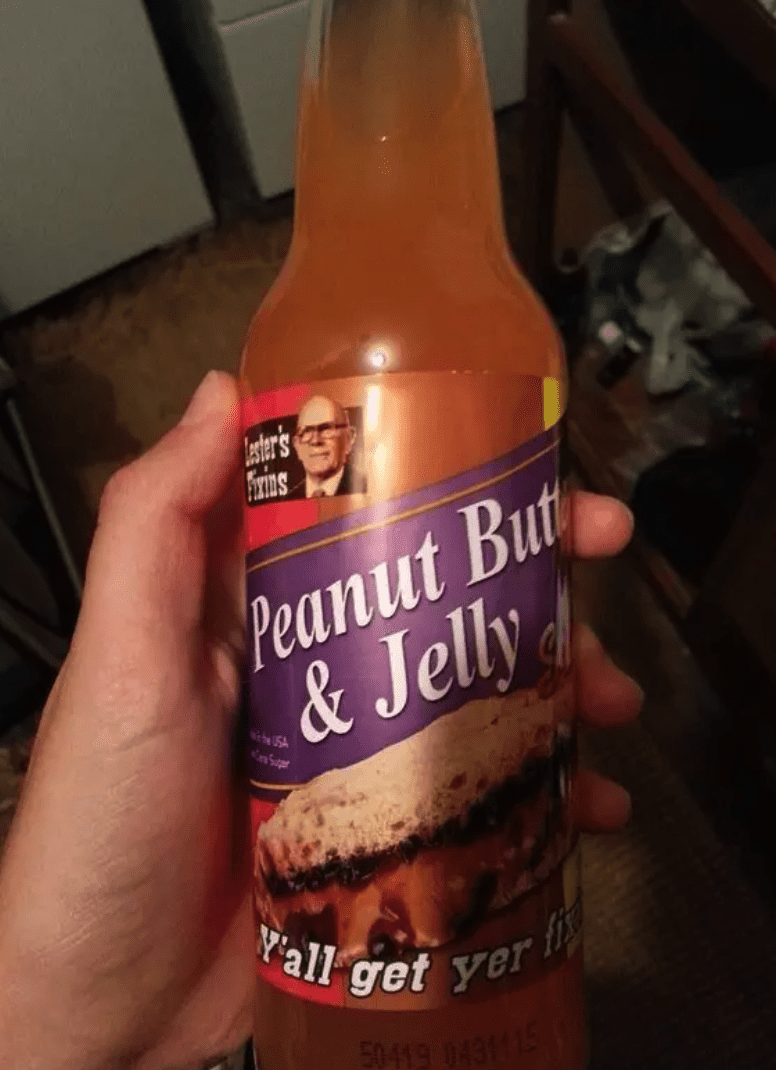
Photo Credit: Twitter
6. Like this. Wtf is THIS?
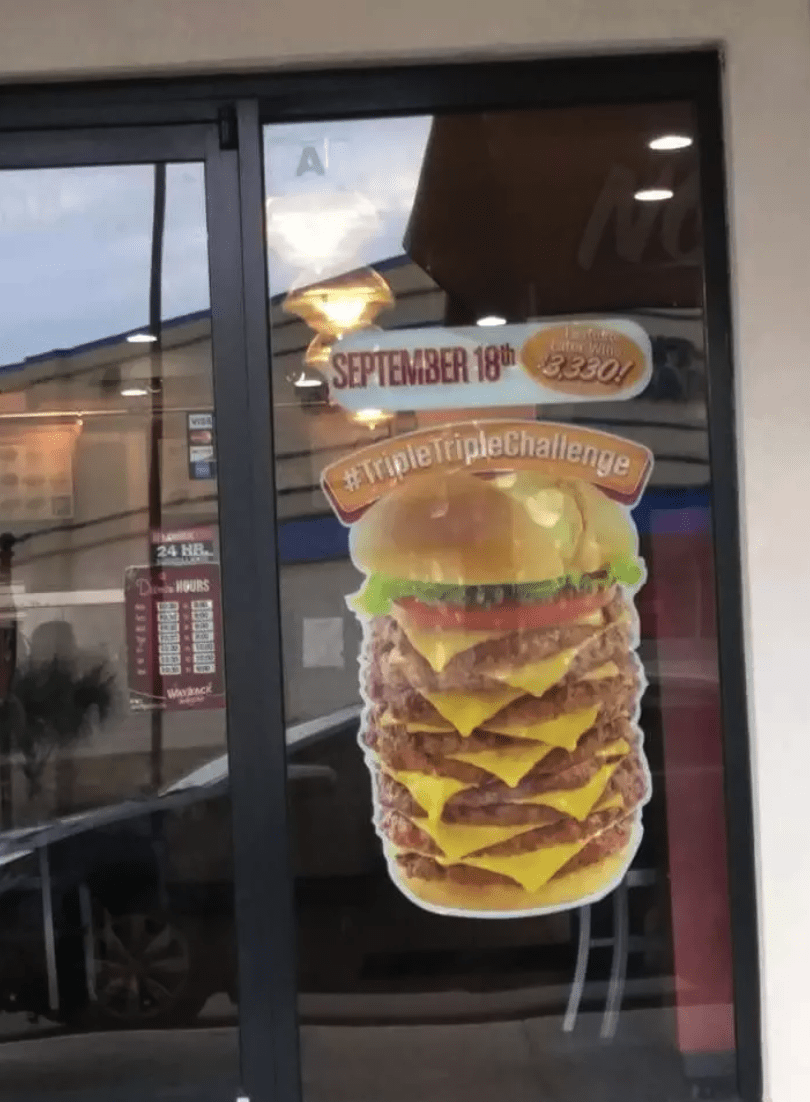
Photo Credit: Imgur
7. These are pickles brined in Kool Aid. Just stop it.
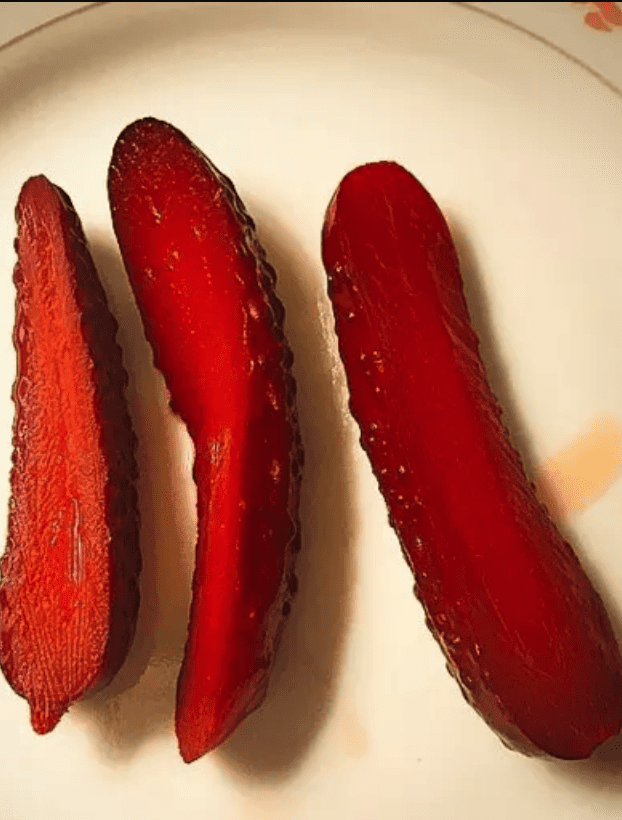
Photo Credit: Buzzfeed
That’s right. They’re called Koolickles.
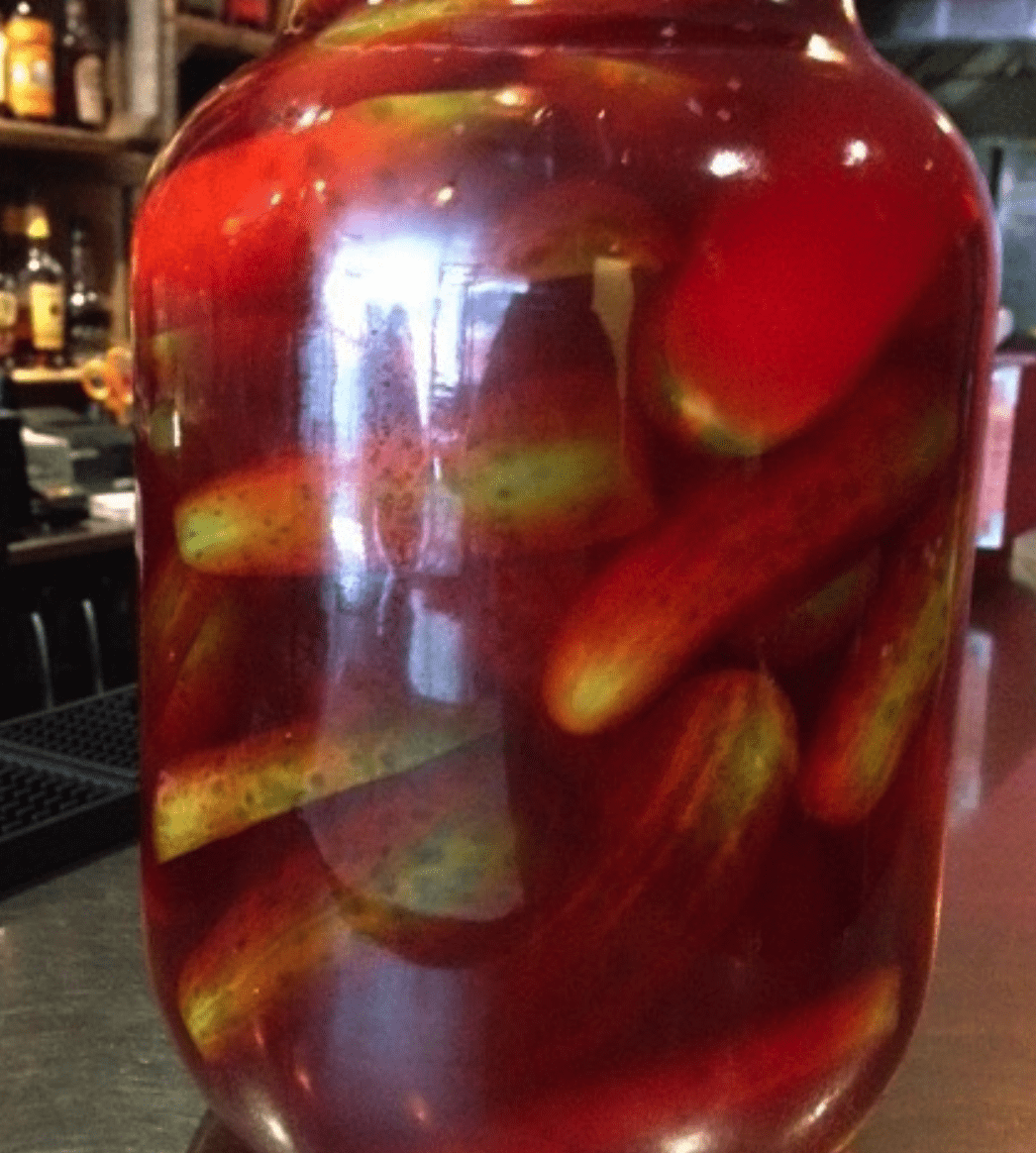
Photo Credit: Instagram
8. Listen, I’ll eat it, but we can’t be calling it ‘cheddar cheese’, people.
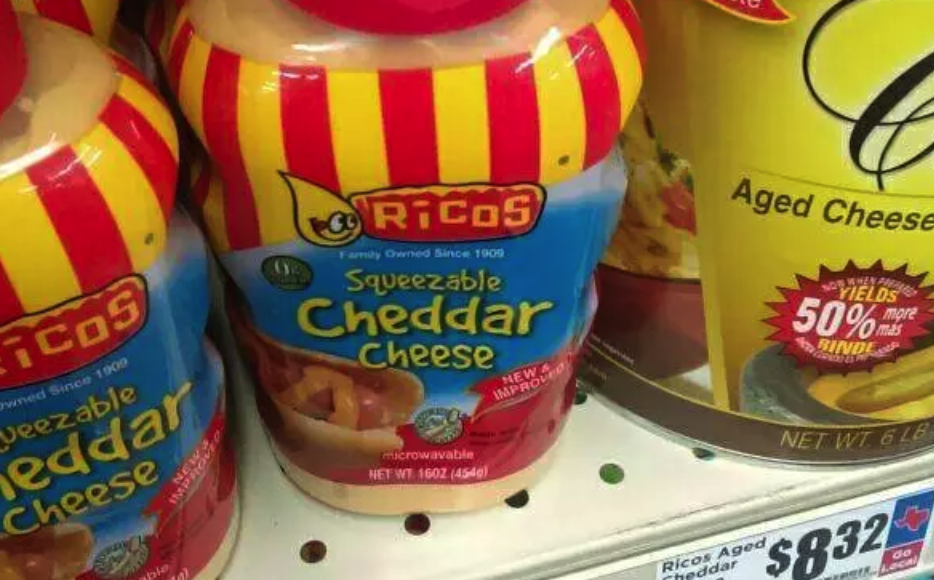
Photo Credit:
9. Why do people pay for snow cones?? It’s just ice! IT’S A CUP OF ICE CAROL

Photo Credit: Instagram
10. A donut bun cheeseburger is one of the more ‘American’ things I’ve seen…

Photo Credit: Twitter
11. Ok but why tho
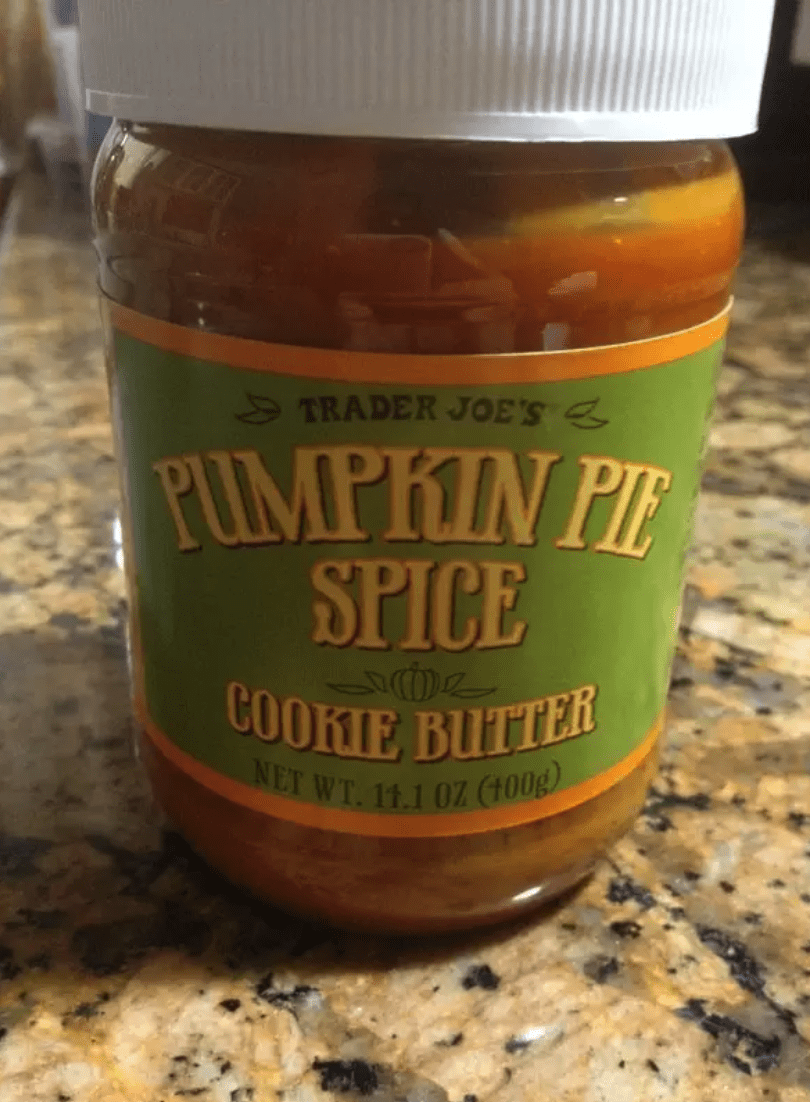
Photo Credit: Twitter
12. I have questions…
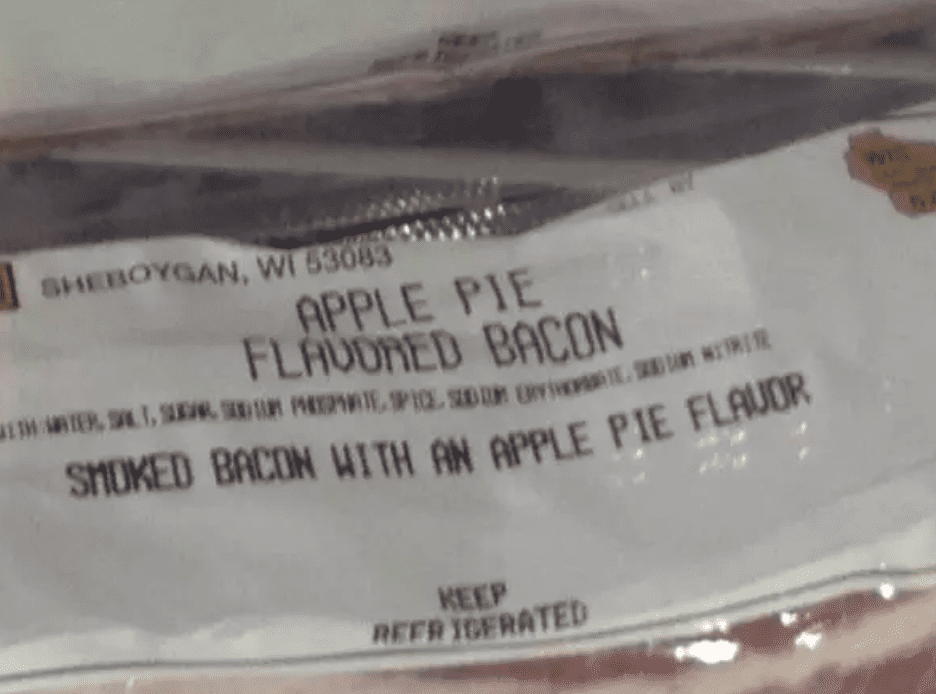
Photo Credit: Twitter
13. Oh, so we’re flavoring condiments with other condiments now? Cool.
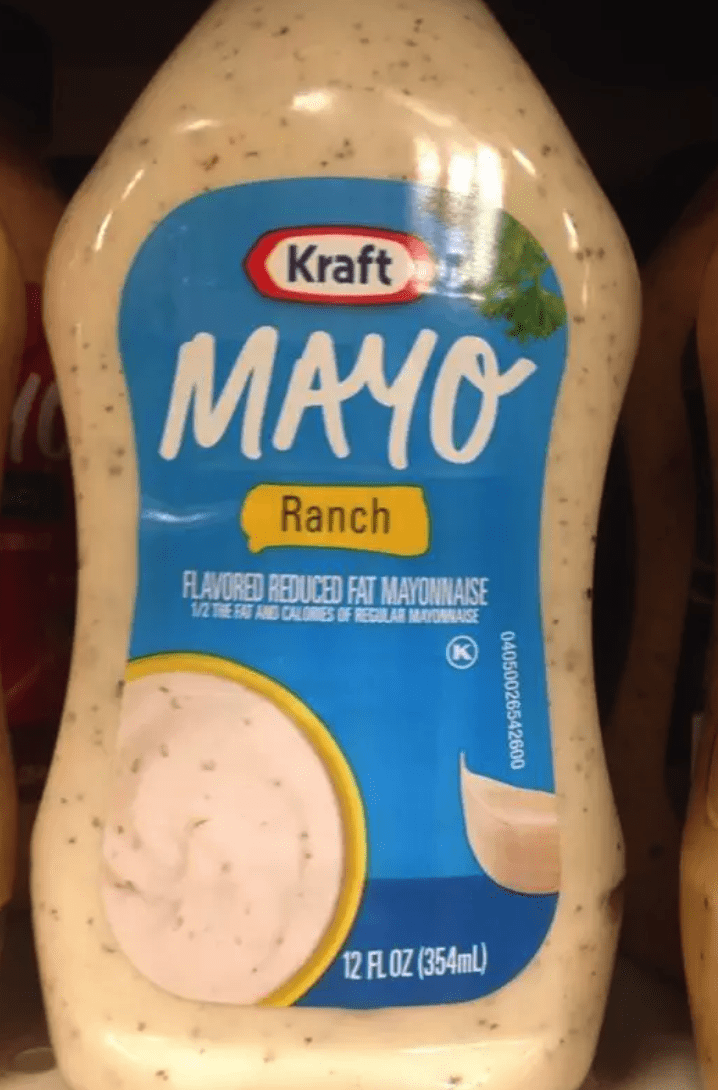
Photo Credit: Twitter
14. I am going to give this points for creativity, and you can’t stop me.
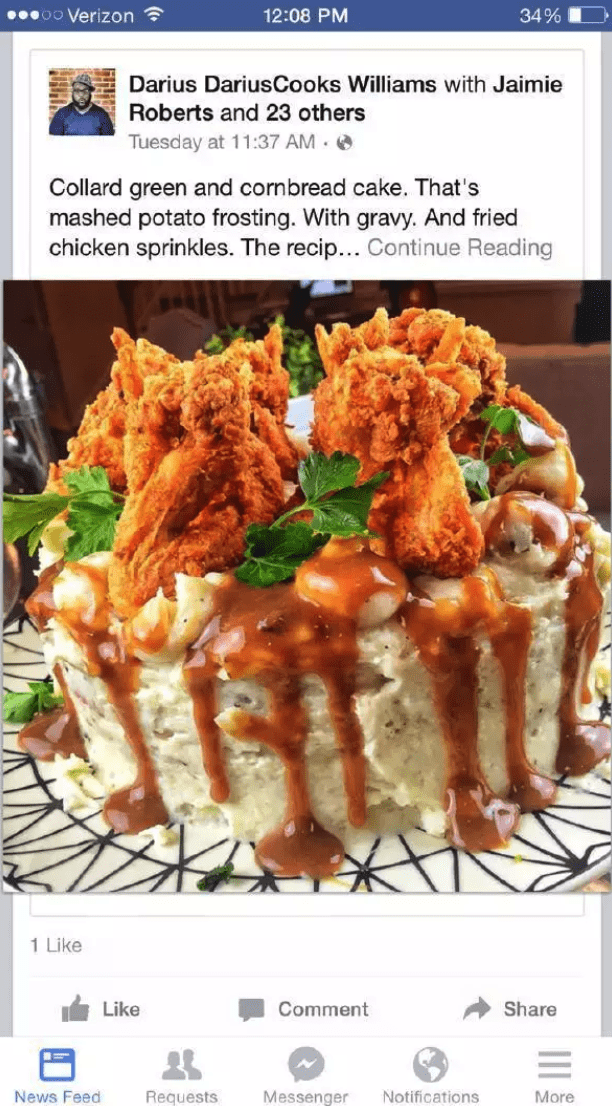
Photo Credit: Twitter
15. Have you ever really thought about what jerky is? Cuz I guarantee your teeth and cholesterol have.

Photo Credit: Flickr, andreelau
16. Explain how this applies to chips, please.

Photo Credit: Twitter
17. We’re deep frying bubble gum now? WHAT FOR
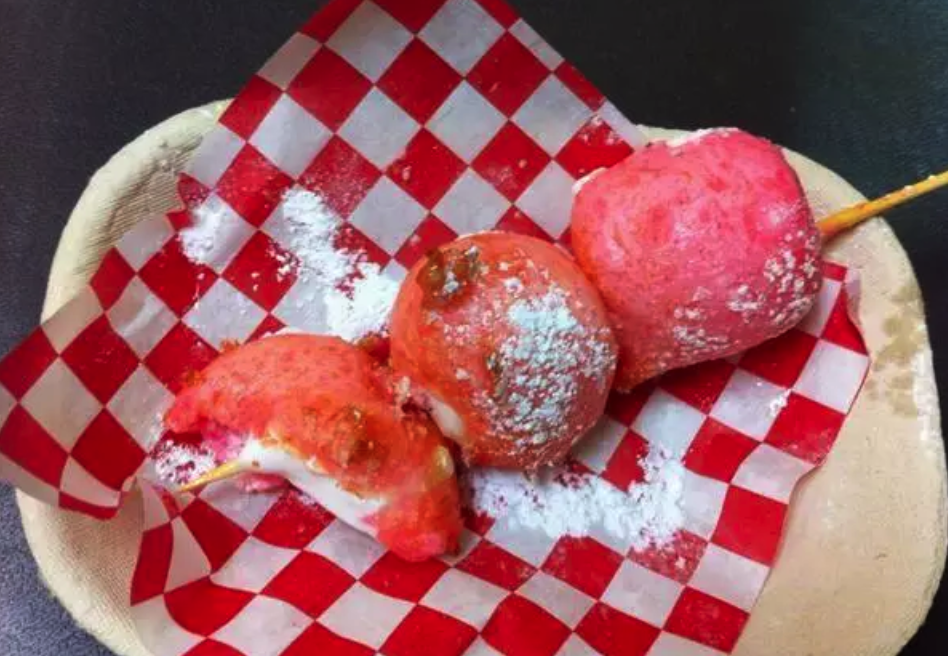
Photo Credit: Twitter
18. “Excuse me, ma’am, is that a brick of fries O_O”

Photo Credit: Buzzfeed
19. Oooo. “Natural butter flavor with other natural flavors contains no butter” is one of my all-time favorites.

Photo Credit: Twitter
We should all be ashamed about that last one. Truly.
The post These 19 Photos Are Proof That Americans Do the Weirdest Things with Food appeared first on UberFacts.
Scientists Find Whiskey Makes You Live a Longer, Healthier Life. Cheers to That!
I love when science gives me a reason to drink! According to new research, drinking whiskey in moderation can yield serious benefits such as helping increase your lifespan, improving your overall health, and even boosting your creativity.

Photo Credit: Pixabay
Yes, you read that right. A study recently presented to the American Association for the Advancement of Science has found links between moderate alcohol consumption and increased life span.
Claudia Kawas, a neurologist at the University of California, Irvine, has been studying the lifestyle habits of people in their 90s for the last 15 years. Her team found that people who drank two units of alcohol daily had a lower risk of premature death.
“I have no explanation for it, but I do firmly believe that modest drinking improves longevity,” says Kawas.

Photo Credit: Pixabay
Whiskey also contains ellagic acid, an antioxidant that helps to fight cancer. In fact, whiskey actually has even more antioxidants than red wine – long held to be the reigning champion of “healthy” alcohols.
Moderate whiskey consumption (no more than six portions a week) has also been found to reduce the risks of strokes, heart attacks, and dementia by nearly half! Finally, a study by the University of Illinois also discovered that participants were more creative at a blood alcohol content of around 0.075.

Photo Credit: Pixabay
So, raise a glass to health! But just one – seriously, moderation is vital.
The post Scientists Find Whiskey Makes You Live a Longer, Healthier Life. Cheers to That! appeared first on UberFacts.
Here’s What Experts Say about Eating for Comfort vs Enjoyment
If you’re anything like me, you may have a bad habit of eating your feelings. It’s actually a very common thing, but it can be seriously bad for your health if you’re not practicing moderation.
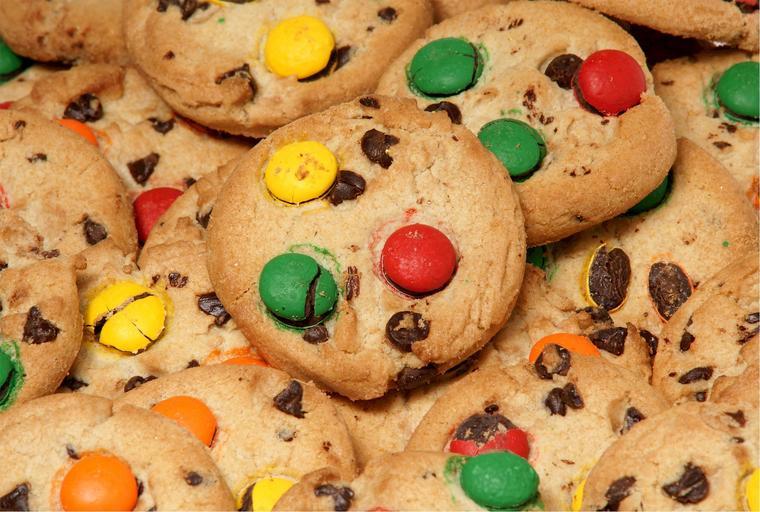
Photo Credit: Pixabay
Experts agree that if we eat for comfort and it becomes a habit, we can hurt ourselves physically from overeating, while also doing emotional damage because we’re using food to avoid facing our feelings.
Karen R. Koenig, an eating psychology expert, blogger and author shared this with Huff Post about comfort food:
“A misleading misnomer if there ever was one, comfort is not something we want to keep associating with food. We want to file food in our brains under nourishment and occasional pleasure. We want to seek comfort through friends, doing kind things for ourselves and engaging in healthy activities that reduce internal distress.”
Sarah Allen, a psychologist who specializes in eating disorders has some additional advice:
“As soon as you start looking for food, stop. Think, ‘Am I hungry? Do I need food in my stomach, or is one of my triggers going off? What do I need right now?’”
But yeah, that’s good and all… but why is it so hard to NOT do those things?
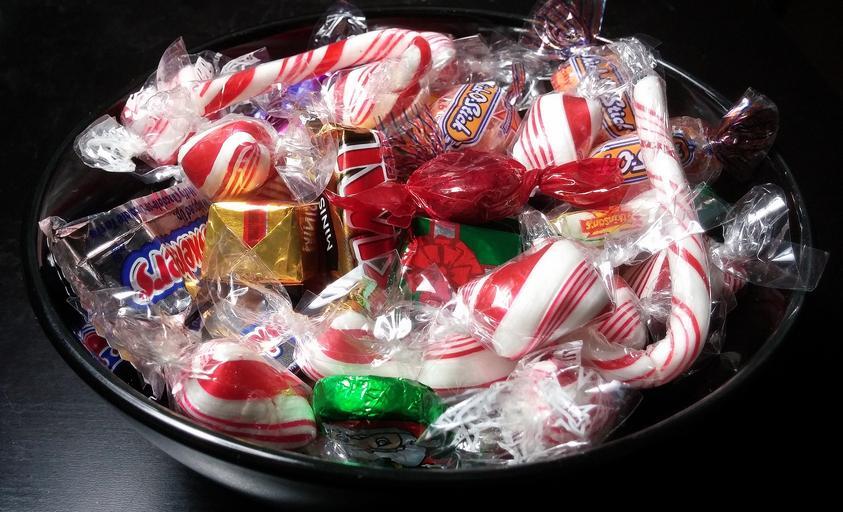
Photo Credit: Pixabay
Susan Albers, author and clinical psychologist, explains the underlying factors.
“When we’re stressed, our bodies are flooded in cortisol. That makes us crave sugary, fatty, salty foods.”
Cortisol is the body’s main stress hormone. It regulates how our bodies process all the macro nutrients we consume (carbs, fats, proteins), so when stress and anxiety enter our emotional equation… we carbo-load like crazy.
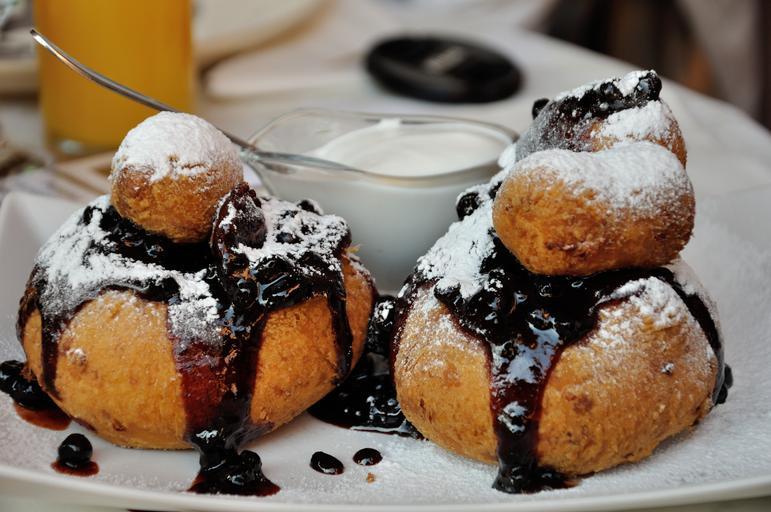
Photo Credit: Pixabay
The experts agree that while a hormone like cortisol is a powerful trigger to comfort eat, we need to practice more mindfulness when eating. So instead of letting our mood drive consumption, we need to concentrate on meals, not snacks. Also, emotional eating usually ends up in overconsumption, which means we aren’t even tasting the food we eat. Experience a meal, savor the flavors and understand how you feel when you’re full.
One last bit of advice? Never go cold turkey. People put unrealistic expectations on themselves, which leads to being unable to meet goals. Start off with manageable, achievable goals and then continue to build up to your ultimate goals, whatever those may be.

Photo Credit: Pixabay
Basically, enjoy those treats! Because we deserve them. But try to view eating that cookie or candy or baked good or WHATEVER as a way of enjoying yourself, not consoling yourself.
The post Here’s What Experts Say about Eating for Comfort vs Enjoyment appeared first on UberFacts.



 Who else is grilling out this first official summer weekend?
Who else is grilling out this first official summer weekend? Veggie buns are a naturally
Veggie buns are a naturally  lower calorie,
lower calorie, 

 . #veggiebuns #glutenfree #veggielover #hellosummer #nutritionbymia
. #veggiebuns #glutenfree #veggielover #hellosummer #nutritionbymia
 props @kids.eat.in.color
props @kids.eat.in.color
 – – #thefitnesschef #worksnack #snacktime #fatloss #fatlosshelp #nutritioncoach #eatsmart #diettips #diethelp #treat #caloriecounting #portioncontrol #fatlosscoach #snack #losebellyfat #cakes #officesnacks #officefood
– – #thefitnesschef #worksnack #snacktime #fatloss #fatlosshelp #nutritioncoach #eatsmart #diettips #diethelp #treat #caloriecounting #portioncontrol #fatlosscoach #snack #losebellyfat #cakes #officesnacks #officefood
 Graeme Tomlinson
Graeme Tomlinson food as fresh as your brand new
food as fresh as your brand new  Nikes! lol. _ I’ve posted about this before, but a couple people missed the post so I created a new graphic! It also includes freezer
Nikes! lol. _ I’ve posted about this before, but a couple people missed the post so I created a new graphic! It also includes freezer  times. _ You can go slightly beyond the times and probably won’t get sick or anything, but these I’ve found are the best storage times for ultimate freshness and taste. They’re also what foodsafety.gov recommends on their website! _ Which is your favorite meat for mealprep? #fridgegoals #fridgetimes #iifym #mealprep #mealprepping #foodstorage #healthyeating #healthylifestyle #foodpoisoning #foodpoisoningsucks #healthandwellness #meats #cookingathome #homechef
times. _ You can go slightly beyond the times and probably won’t get sick or anything, but these I’ve found are the best storage times for ultimate freshness and taste. They’re also what foodsafety.gov recommends on their website! _ Which is your favorite meat for mealprep? #fridgegoals #fridgetimes #iifym #mealprep #mealprepping #foodstorage #healthyeating #healthylifestyle #foodpoisoning #foodpoisoningsucks #healthandwellness #meats #cookingathome #homechef – the ultimate summer hydration.
– the ultimate summer hydration. 

 Made with fresh produce like in-season berries, citrus & herbs plus @truelemon 10-calorie lemonade & limeade sticks made with citrus fruits + no artificial sweeteners or ingredients. Which one do you want to try? #spawater #drinkup #summerhydration
Made with fresh produce like in-season berries, citrus & herbs plus @truelemon 10-calorie lemonade & limeade sticks made with citrus fruits + no artificial sweeteners or ingredients. Which one do you want to try? #spawater #drinkup #summerhydration  Strawberry, lemon, kiwi & True Lemon strawberry lemonade
Strawberry, lemon, kiwi & True Lemon strawberry lemonade  Peach & thyme
Peach & thyme  Black cherries, lime, mint & True Lemon black cherry limeade
Black cherries, lime, mint & True Lemon black cherry limeade  Blueberries & blackberries
Blueberries & blackberries  – – P.s. which is your favourite fruit?
– – P.s. which is your favourite fruit?  Want a fun way to get your pizza on while still getting in more veggies? Try any of the options in the top row! . My personal favorite is the portobella pizza but all of these are great fun options you can make at home. Get crazy with it and add some fun toppings of choice! Info below: . Bell pepper pizza – 1/2 bell pepper, 1/4 cup marinara sauce, 2 tbsp mozzarella cheese + 2 broccoli florets. . Portable pizza – 1/2 Portabella mushroom cap, 1/4 cup marinara sauce, 2 tbsp mozzarella cheese, 2 basil leaves, 1 olive cut into slices. . Zucchini pizza boats – 1/2 zucchini, 1/4 cup marinara sauce, 2 tbsp mixed cheese, 2 cherry tomatoes. . Rice cake pizza – 1 rice cake, 1/4 cup marinara sauce, 2 basil leaves, 2 tbsp mozzarella cheese. . Pita pizza – 1 medium pita, 1/4 cup marinara sauce, 2 tbsp mozzarella cheese, 2 basil leaves + 3 cherry tomatoes. . Pizza pizza – Ordered from the doughroom in Culver City haha Because sometimes you can treat yo self to a damn real pizza. . How to cook the veggie pizzas: 1 – Preheat oven to 350F. 2 – Scoop out the inside of the mushroom, bell pepper or zucchini boat (you can cook the bell pepper or zucchini in oven before adding toppings or add toppings then cook if you don’t need it well done. Mushroom you can add the toppings right away & cook) 3 – Add 1/4 cup marinara, toppings & cheese 4 – Bake in oven for about 10 minutes then enjoy! . You can bake the pita & rice cake in oven or you can microwave xoxo. . P.S. make sure you check my 101 Healthy Snacks Ebook link in bio! (www.101healthysnacks.com) . . . #cleaneating #healthyeating #nutrition #cleaneats #mealprep #foodprep #fitfood #protein #weightloss #mealplan #healthychoices #mealprepsunday #healthyfood #mealprepping #macros #mealprepmonday #flexibledieting #iifym #instahealth #pizza #glutenfree #getfit #gains #meals #healthyliving #determination #healthylifestyle
Want a fun way to get your pizza on while still getting in more veggies? Try any of the options in the top row! . My personal favorite is the portobella pizza but all of these are great fun options you can make at home. Get crazy with it and add some fun toppings of choice! Info below: . Bell pepper pizza – 1/2 bell pepper, 1/4 cup marinara sauce, 2 tbsp mozzarella cheese + 2 broccoli florets. . Portable pizza – 1/2 Portabella mushroom cap, 1/4 cup marinara sauce, 2 tbsp mozzarella cheese, 2 basil leaves, 1 olive cut into slices. . Zucchini pizza boats – 1/2 zucchini, 1/4 cup marinara sauce, 2 tbsp mixed cheese, 2 cherry tomatoes. . Rice cake pizza – 1 rice cake, 1/4 cup marinara sauce, 2 basil leaves, 2 tbsp mozzarella cheese. . Pita pizza – 1 medium pita, 1/4 cup marinara sauce, 2 tbsp mozzarella cheese, 2 basil leaves + 3 cherry tomatoes. . Pizza pizza – Ordered from the doughroom in Culver City haha Because sometimes you can treat yo self to a damn real pizza. . How to cook the veggie pizzas: 1 – Preheat oven to 350F. 2 – Scoop out the inside of the mushroom, bell pepper or zucchini boat (you can cook the bell pepper or zucchini in oven before adding toppings or add toppings then cook if you don’t need it well done. Mushroom you can add the toppings right away & cook) 3 – Add 1/4 cup marinara, toppings & cheese 4 – Bake in oven for about 10 minutes then enjoy! . You can bake the pita & rice cake in oven or you can microwave xoxo. . P.S. make sure you check my 101 Healthy Snacks Ebook link in bio! (www.101healthysnacks.com) . . . #cleaneating #healthyeating #nutrition #cleaneats #mealprep #foodprep #fitfood #protein #weightloss #mealplan #healthychoices #mealprepsunday #healthyfood #mealprepping #macros #mealprepmonday #flexibledieting #iifym #instahealth #pizza #glutenfree #getfit #gains #meals #healthyliving #determination #healthylifestyle .
.  Recently, in a small trial that used healthy food to successfully treat depression, one of the most surprising things that researchers found was that compared to the junk food diet, the healthy diet- composed of whole foods like veggies, eggs, nuts, seeds, and olive oil, was actually about 13% cheaper! (Jacka, et al)
Recently, in a small trial that used healthy food to successfully treat depression, one of the most surprising things that researchers found was that compared to the junk food diet, the healthy diet- composed of whole foods like veggies, eggs, nuts, seeds, and olive oil, was actually about 13% cheaper! (Jacka, et al) . Here’s to healthy eating AND healthy bank accounts! And tag someone that needs to see this!
. Here’s to healthy eating AND healthy bank accounts! And tag someone that needs to see this!  • • • • • #cleaneating #healthychoices #healthyfood #healthyeating #nutrition #healthyliving #healthylifestyle #weightloss #instahealth #fitfood #exercise #active #protein #cleaneats #getfit #plantbased #determination #iifym #fitnessaddict #healthylife #gains #wellness #itsalifestyle #instafit #glutenfree #geniusfoods
• • • • • #cleaneating #healthychoices #healthyfood #healthyeating #nutrition #healthyliving #healthylifestyle #weightloss #instahealth #fitfood #exercise #active #protein #cleaneats #getfit #plantbased #determination #iifym #fitnessaddict #healthylife #gains #wellness #itsalifestyle #instafit #glutenfree #geniusfoods
 .
.  Cauliflower Swap out your banana and try this instead to keep your smoothie low sugar and still creamy! We swear, you won't taste it. For more gut-lovin', steam your cauli for maximum digestion! .
Cauliflower Swap out your banana and try this instead to keep your smoothie low sugar and still creamy! We swear, you won't taste it. For more gut-lovin', steam your cauli for maximum digestion! .  Steam your zucchini for easier digestion! .
Steam your zucchini for easier digestion! .  .
. 

 – – Whilst my heading is technically misleading in that alcohol as a single organic compound can never be ‘low calorie’, common reference to alcoholic drinks will always be done so through the term ‘alcohol’. For those pedantic nutritionists/scientist out there, this post should probably go under the alias of ‘low calorie drinks containing alcohol’. But you’d fall asleep before completing the heading… So f*ck that. – – Whilst alcohol is not a macronutrient like protein, carbohydrate and fat, it still contains energy. 7 calories per gram to be exact. Given it’s calorie density, it’s easy to understand how alcohol related calorie consumption can accumulate. – – The absence of nutritional value from these calories means that no potential behavioural benefits arise from its consumption (apart from the ability to turn in to a courageous sleaze or superstar DJ). Though there is evidence to suggest that the thermogenic response during alcohol digestion is around 20% of total calories. However, considering the intricacies of TEF with regard to alcohol usage is pretty futile when you’re 12 deep at 3am, dragging you legs along the pavement with ripped jeans, one shoe and an imminently collapsing kebab. – – If fat loss or maintenance is the goal, surely it’s worth considering drinks which taste the same/very similar, but have a reduced calorie worth. In most cases, the alcohol density remains the same, but changes to additional ingredients lower the overall calorie value. – – This way you can still socialise, enjoy the festive period and relax. But you can also get closer to your fitness goal at the same time
– – Whilst my heading is technically misleading in that alcohol as a single organic compound can never be ‘low calorie’, common reference to alcoholic drinks will always be done so through the term ‘alcohol’. For those pedantic nutritionists/scientist out there, this post should probably go under the alias of ‘low calorie drinks containing alcohol’. But you’d fall asleep before completing the heading… So f*ck that. – – Whilst alcohol is not a macronutrient like protein, carbohydrate and fat, it still contains energy. 7 calories per gram to be exact. Given it’s calorie density, it’s easy to understand how alcohol related calorie consumption can accumulate. – – The absence of nutritional value from these calories means that no potential behavioural benefits arise from its consumption (apart from the ability to turn in to a courageous sleaze or superstar DJ). Though there is evidence to suggest that the thermogenic response during alcohol digestion is around 20% of total calories. However, considering the intricacies of TEF with regard to alcohol usage is pretty futile when you’re 12 deep at 3am, dragging you legs along the pavement with ripped jeans, one shoe and an imminently collapsing kebab. – – If fat loss or maintenance is the goal, surely it’s worth considering drinks which taste the same/very similar, but have a reduced calorie worth. In most cases, the alcohol density remains the same, but changes to additional ingredients lower the overall calorie value. – – This way you can still socialise, enjoy the festive period and relax. But you can also get closer to your fitness goal at the same time I’m often asked my feelings on fruit, to which I reply: I love them! But as I discuss in my book #GeniusFoods, I’m a discriminate fruit lover. I particularly enjoy low sugar fruits which are rich and micronutrients, and save higher sugar, modern cultivated fruit for special occasions (for example, apple
I’m often asked my feelings on fruit, to which I reply: I love them! But as I discuss in my book #GeniusFoods, I’m a discriminate fruit lover. I particularly enjoy low sugar fruits which are rich and micronutrients, and save higher sugar, modern cultivated fruit for special occasions (for example, apple  season which l love). . Which is your favorite? Let me know!
season which l love). . Which is your favorite? Let me know!  . ——- #lchf #keto #lowcarb #ketogenic #lowcarbhighfat #paleo #ketosis #primal #ketodiet #paleodiet #paleolifestyle #atkins #glutenfree #grainfree #ketogenicdiet #whole30 #sugarfree #jerf #ketofam #cleaneating #ketolife #instafit #dairyfree #highfat #comidadeverdade #nutrition #lavkarbo #realfood #fruit
. ——- #lchf #keto #lowcarb #ketogenic #lowcarbhighfat #paleo #ketosis #primal #ketodiet #paleodiet #paleolifestyle #atkins #glutenfree #grainfree #ketogenicdiet #whole30 #sugarfree #jerf #ketofam #cleaneating #ketolife #instafit #dairyfree #highfat #comidadeverdade #nutrition #lavkarbo #realfood #fruit (Image: @wendymac via @ciaosamin)
(Image: @wendymac via @ciaosamin) I get about 5 DMs a week from moms saying their kiddos won't eat meat. I've been doing a series on food battles here. I don't have a real quote for you, but I'm lumping them all together into "Help! My child won't eat meat!"
I get about 5 DMs a week from moms saying their kiddos won't eat meat. I've been doing a series on food battles here. I don't have a real quote for you, but I'm lumping them all together into "Help! My child won't eat meat!" 


 ⠀ ⠀ ⠀
⠀ ⠀ ⠀  Every muscle contraction in our body requires calcium! ⠀ Our body tightly controls the amount of calcium we have circulating in our blood so if you aren’t getting enough from your diet, the body will start to release calcium from its largest source, our bones! ⠀ This is why it is important to include calcium rich foods into your diet to maintain your bone strength (density) and prevent the development of osteoporosis. ⠀ The main foods rich in calcium are dairy products like milk, cheese and yoghurt. However there are many non-dairy sources that provide calcium. ⠀ If you are avoiding dairy because of allergies, intolerance or ethical reasons (vegans) make sure your diet includes non dairy calcium food sources. ⠀ Some non dairy sources of calcium like as spinach and rhubarb contain oxalates, naturally occurring compounds that decrease calcium absorption. This is just something to be aware of. ⠀ ⠀ ⠀ Men and women 19 years + calcium requirements: 1,000 mg:day ⠀ Women over 50 years & men over 70 years requirements: 1,300 mg/day ⠀ ⠀ ⠀ ⠀ If you aim to include 1-2 of the above foods at each meal and between meals I am positive you will reach the recommended amount! Don’t worry about the numbers! ⠀ ⠀ Help a friend out and tag them below
Every muscle contraction in our body requires calcium! ⠀ Our body tightly controls the amount of calcium we have circulating in our blood so if you aren’t getting enough from your diet, the body will start to release calcium from its largest source, our bones! ⠀ This is why it is important to include calcium rich foods into your diet to maintain your bone strength (density) and prevent the development of osteoporosis. ⠀ The main foods rich in calcium are dairy products like milk, cheese and yoghurt. However there are many non-dairy sources that provide calcium. ⠀ If you are avoiding dairy because of allergies, intolerance or ethical reasons (vegans) make sure your diet includes non dairy calcium food sources. ⠀ Some non dairy sources of calcium like as spinach and rhubarb contain oxalates, naturally occurring compounds that decrease calcium absorption. This is just something to be aware of. ⠀ ⠀ ⠀ Men and women 19 years + calcium requirements: 1,000 mg:day ⠀ Women over 50 years & men over 70 years requirements: 1,300 mg/day ⠀ ⠀ ⠀ ⠀ If you aim to include 1-2 of the above foods at each meal and between meals I am positive you will reach the recommended amount! Don’t worry about the numbers! ⠀ ⠀ Help a friend out and tag them below  Savina ⠀ ⠀ ⠀ ⠀ ⠀ ⠀ ⠀ If reposting this image, the content must not be edited! #bonesmatter #eatforhealth #dairyaustralia #wellnessblogger #weightlossjourney #nutritioncoach #allfoodsfit #foodasmedicine #fuelyourbody #healthychoice #nutritionfacts #dairyaustralia #weightlossjourney #dietitian #portioncontrol #eatsmart #calories #nutrientdense #weightlossideas #nutritional #veganshare #smartfood #healthytips #justeatrealfood #eatbetter #caloriecounting #notadiet #healthychanges #weightlosstips #nutritionfacts @rokebyfarms @thecultureco_ @vitasoy_aus_nz @outback_harvest
Savina ⠀ ⠀ ⠀ ⠀ ⠀ ⠀ ⠀ If reposting this image, the content must not be edited! #bonesmatter #eatforhealth #dairyaustralia #wellnessblogger #weightlossjourney #nutritioncoach #allfoodsfit #foodasmedicine #fuelyourbody #healthychoice #nutritionfacts #dairyaustralia #weightlossjourney #dietitian #portioncontrol #eatsmart #calories #nutrientdense #weightlossideas #nutritional #veganshare #smartfood #healthytips #justeatrealfood #eatbetter #caloriecounting #notadiet #healthychanges #weightlosstips #nutritionfacts @rokebyfarms @thecultureco_ @vitasoy_aus_nz @outback_harvest IS YOUR FAVOURITE MEAL DESSERT?! Well then you better listen up
IS YOUR FAVOURITE MEAL DESSERT?! Well then you better listen up  If you want to have your cake and eat it too – then it's important to note: eating well for overall health and fat loss is a two part system in that quality and quantity go hand in hand, the art of weight loss will always boil down to calories in vs calories out. If you want to lose weight you need to calorically be consuming less energy than expenditure. It is necessary to acknowledge the calorie value of your food choices as it will be the driver in whether you lose or gain weight. Take the above examples, a few small changes in dessert choices have changed the caloric density significantly between each meal, allowing you to fit in your sweet treat in more budget-friendly way for your calorie bank. Make smarter choices
If you want to have your cake and eat it too – then it's important to note: eating well for overall health and fat loss is a two part system in that quality and quantity go hand in hand, the art of weight loss will always boil down to calories in vs calories out. If you want to lose weight you need to calorically be consuming less energy than expenditure. It is necessary to acknowledge the calorie value of your food choices as it will be the driver in whether you lose or gain weight. Take the above examples, a few small changes in dessert choices have changed the caloric density significantly between each meal, allowing you to fit in your sweet treat in more budget-friendly way for your calorie bank. Make smarter choices  A #healthy approach to dieting is a flexible dieting method maintaining an 80/20 rule. The 80/20 rule practices a moderated approach where all foods can fit into a balanced diet.
A #healthy approach to dieting is a flexible dieting method maintaining an 80/20 rule. The 80/20 rule practices a moderated approach where all foods can fit into a balanced diet.  Around 80% of the time opt for whole foods that are rich in micronutrients, such as whole grains, leaner cuts of meat, legumes, vegies, fruits, grains etc and give yourself around 20% of the time where you choose foods that nourish your soul, that includes dessert. Be a strict flexible dieter – but not a restricted one
Around 80% of the time opt for whole foods that are rich in micronutrients, such as whole grains, leaner cuts of meat, legumes, vegies, fruits, grains etc and give yourself around 20% of the time where you choose foods that nourish your soul, that includes dessert. Be a strict flexible dieter – but not a restricted one  Do you need help getting the balance right
Do you need help getting the balance right Do you smash your diet Monday – Friday and battle demons and binges on the weekends
Do you smash your diet Monday – Friday and battle demons and binges on the weekends
 Let us show you the light with a customised science based nutrition plan and guaranteed results!
Let us show you the light with a customised science based nutrition plan and guaranteed results!  LINK IN OUR BIO
LINK IN OUR BIO  info@equalution.com
info@equalution.com —
—  Natural fiber from whole foods is one of the best ways of nourishing gut health, and thankfully a recent analysis of observational studies has confirmed the broad health benefits of eating more fiber. (ref: https://academic.oup.com/ajcn/article-abstract/107/3/436/4939351). But while quantity is important, quality is just as critical! —
Natural fiber from whole foods is one of the best ways of nourishing gut health, and thankfully a recent analysis of observational studies has confirmed the broad health benefits of eating more fiber. (ref: https://academic.oup.com/ajcn/article-abstract/107/3/436/4939351). But while quantity is important, quality is just as critical! — 
 When it comes to gut health, we want to aim for foods with prebiotic fiber. Prebiotic fiber is microbiota-accessable, meaning your gut bacteria will consume it and make them happy. —
When it comes to gut health, we want to aim for foods with prebiotic fiber. Prebiotic fiber is microbiota-accessable, meaning your gut bacteria will consume it and make them happy. —  Here I've listed some of the top gut-healing foods. If you're just getting started on a gut-improvement journey, go slow with these foods as a sudden increase in prebiotic fiber can cause pretty intense fermentation leading to bloating and worse
Here I've listed some of the top gut-healing foods. If you're just getting started on a gut-improvement journey, go slow with these foods as a sudden increase in prebiotic fiber can cause pretty intense fermentation leading to bloating and worse 
 Tag someone who needs this, and hit me with any questions—I got your back! • • • • • #veggies #kale #geniusfoods #greens #nutrition #guthealth #vegetables #probiotics #plantbased #healthyfood #cleaneating #organic #salad #weightloss #iifym #vegetarian #healthyeating #gains #wellness #homegrown #fitfood #quinoa #veggie #abs #healthylifestyle #instafit #sugarfree #paleo
Tag someone who needs this, and hit me with any questions—I got your back! • • • • • #veggies #kale #geniusfoods #greens #nutrition #guthealth #vegetables #probiotics #plantbased #healthyfood #cleaneating #organic #salad #weightloss #iifym #vegetarian #healthyeating #gains #wellness #homegrown #fitfood #quinoa #veggie #abs #healthylifestyle #instafit #sugarfree #paleo – – People eat bread. This largely occurs because people like bread. In most cases it is not particularly nutrient dense, but that doesn’t mean it can’t be consumed with/without something that is nutrient dense. – – For too long bread has been blamed for weight gain or the primary food that stagnates weight loss. Whilst bread is left on supermarket shelves by those convinced that it’s the reason they are fat, the real issue is of course that several multi-faceted issues/actions across one’s diet and lifestyle contribute to weight gain. To attribute one food/food group as the single cause of the complexity that is obesity is short sighted. – – Most of the calories in bread originate from carbs in refined form (and we know how irrational people can be about refined carbs). But when an individual claims that relatively high carb foods are satanic for one’s composition, they are misinformed and irrational. In fact, one recent study tested diets with free access to refined carbs compared with refined fats. It’s results indicated that more weight was gained over time with free access to refined fats, not carbs. This is just one study of course. – – As you’ll see, in terms of calories, white bread is similar wholemeal and rye breads. Therefore you will not necessarily manage weight better by consuming brown bread, despite it being less refined. The only key nutritional difference is fibre. And whilst fibre may increase one’s satiety, attention must also be paid to additional food variables included in the form of fillings or spreads to gather a greater insight into total energy consumed and subsequent food behaviour.
– – People eat bread. This largely occurs because people like bread. In most cases it is not particularly nutrient dense, but that doesn’t mean it can’t be consumed with/without something that is nutrient dense. – – For too long bread has been blamed for weight gain or the primary food that stagnates weight loss. Whilst bread is left on supermarket shelves by those convinced that it’s the reason they are fat, the real issue is of course that several multi-faceted issues/actions across one’s diet and lifestyle contribute to weight gain. To attribute one food/food group as the single cause of the complexity that is obesity is short sighted. – – Most of the calories in bread originate from carbs in refined form (and we know how irrational people can be about refined carbs). But when an individual claims that relatively high carb foods are satanic for one’s composition, they are misinformed and irrational. In fact, one recent study tested diets with free access to refined carbs compared with refined fats. It’s results indicated that more weight was gained over time with free access to refined fats, not carbs. This is just one study of course. – – As you’ll see, in terms of calories, white bread is similar wholemeal and rye breads. Therefore you will not necessarily manage weight better by consuming brown bread, despite it being less refined. The only key nutritional difference is fibre. And whilst fibre may increase one’s satiety, attention must also be paid to additional food variables included in the form of fillings or spreads to gather a greater insight into total energy consumed and subsequent food behaviour.  Here are 12 ways to make yourself happier!
Here are 12 ways to make yourself happier!  Now I know I'm going to get some hate comments for #3, but actually, it's a valid suggestion! A study of 1000 women found that those who consumed less than 3-4 small servings/week were twice as likely to have a diagnosed depressive or anxiety disorder as those consuming that amount. —
Now I know I'm going to get some hate comments for #3, but actually, it's a valid suggestion! A study of 1000 women found that those who consumed less than 3-4 small servings/week were twice as likely to have a diagnosed depressive or anxiety disorder as those consuming that amount. — 

 Graeme Tomlinson
Graeme Tomlinson – – #thefitnesschef #mealprep #junkfood #fastfood #cheapfood #obesity #diet #eatwell #healthyfood #nutrients #salad #fruit #nutritious #losefat #lunchbox #worklunch
– – #thefitnesschef #mealprep #junkfood #fastfood #cheapfood #obesity #diet #eatwell #healthyfood #nutrients #salad #fruit #nutritious #losefat #lunchbox #worklunch . – – Reg burger: Mix 150g 5% beef, 1tsp garlic powder, 1tsp dried herbs. Oven cook for 20 mins. Add to brioche bun with 2 cooked bacon medallions, 1 fried egg, 15g low fat cheese, 1 tsp ketchup & spinach. – – #thefitnesschef #keto #diet #ketodiet #ketoweightloss #fatloss #burger #nutritioncoach #eatsmart #carbsarelife #balanceddiet #fatlossdiet #fatlosshelp #losefat #fatlosstips
. – – Reg burger: Mix 150g 5% beef, 1tsp garlic powder, 1tsp dried herbs. Oven cook for 20 mins. Add to brioche bun with 2 cooked bacon medallions, 1 fried egg, 15g low fat cheese, 1 tsp ketchup & spinach. – – #thefitnesschef #keto #diet #ketodiet #ketoweightloss #fatloss #burger #nutritioncoach #eatsmart #carbsarelife #balanceddiet #fatlossdiet #fatlosshelp #losefat #fatlosstips





